One has a bunch of practical software applications that people generally lie about understanding on their resumes. The other helps parents keep their kids at bay in between games at soccer tournaments.
I'll let you guess which one is which.
The more you think about it, the more you realize that there's really not a ton of overlap between the two. But there's one key element that brings them together, and that's the way they're priced.
The Microsoft Office Suite and two reduced-price white chocolate macadamia cookies with the purchase of a six-inch Spicy Italian sub at Subway represent two sets of products priced by a strategy known as price bundling.
Let's get a closer look at what that is, its different forms, some bundle pricing examples, the practice's pros and cons, and finally some perspective on its legality.
Bundle pricing is essentially ubiquitous across several industries — particularly retail. There's no doubt you've seen it in some form. As I mentioned earlier, two bundle pricing examples include the Microsoft Office Suite and the Subway cookie deal.
In both cases, multiple products are offered as a package at a price that's lower than the sum of purchasing each item individually. For instance, buying Powerpoint, Outlook, Excel, and Word through siloed, one-at-a-time purchases wouldn't be as cost-effective as buying them as a package.
A bundle pricing strategy will typically fall into one of two buckets — pure price bundling or mixed price bundling. Each method has its own applications and suits different businesses, situations, and intentions. Here's some perspective on both.
1. Pure Price Bundling
Pure price bundling is a strategy where a seller only offers specific products as part of a bundle, or the products that compose a bundle lean on one another to the point that they have to be sold as a package. So in many cases, pure price bundling applies to products that are tethered in terms of utility.
For example, a video game console typically comes with one or more controllers when purchased firsthand. In this instance, you can't use one product without the other.
It wouldn't make sense to sell the system without providing the ability to actually use it. And though you can generally buy individual controllers separately, they wouldn't be worth much if you didn't own one of the consoles they operate.
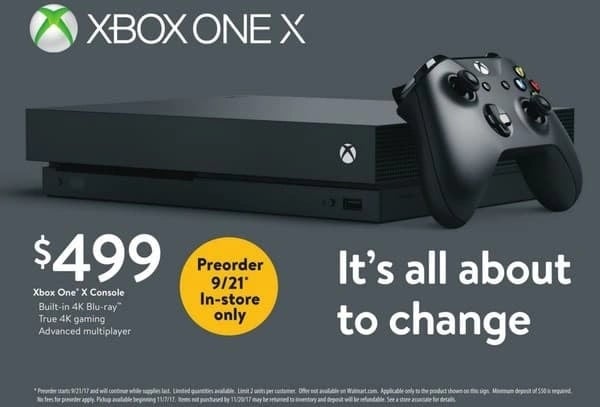
Though pure price bundling is popular in its own right, it's not quite as prominent as the other category of the practice — mixed price bundling.
2. Mixed Price Bundling
Mixed price bundling is a practice where a business offers items both individually and within a bundle at a reduced price. Generally, the items that compose a mixed bundle can stand on their own. They're useful without the support of any other products, but they often complement or enhance the other items they're bundled with.
Mixed priced bundling has a prominent presence in the fast-food industry — namely through value meals. Many fast-food franchises offer some (or several) forms of bundled meal deals.
You'll generally be able to buy an entree, a drink, and a side together at a fast-food restaurant for less than you would pay if you bought each item individually.
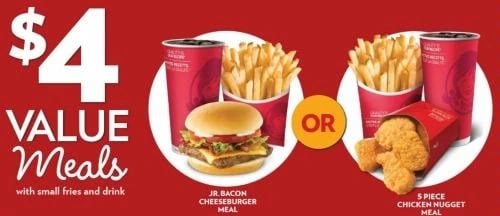
Implementing a price bundling strategy is a big decision that could pay off in spades or waste considerable time, effort, energy, and resources. It's important to weigh the pros and cons of the practice before making that call.
Advantages of Bundle Pricing
Companies can unload some of their less popular products.
Sometimes it can be difficult for a business to sell off some of its worst-selling or lesser-known products. A well-executed price bundling strategy can help you unload that kind of inventory or provide customers with an incentive to give one of your less prominent products a shot.
Consumers might wind up spending more than they'd planned on.
Potential customers often find bundle prices enticing. There's a chance that consumers will wind up buying a bundle that costs more than the individual products they came for. If done properly, price bundling can essentially be its own form of upselling.
You can attract deal-conscious buyers who might not have been interested in your business otherwise.
A price bundle is always supposed to be a deal. It's a mutually beneficial, attractive arrangement for both you and potential customers — an arrangement that can bring in budget-conscious consumers.
In many cases, those consumers might not be part of your established customer base. Prospects respond to incentives, and a solid price bundling strategy can make for a particularly interesting one.
Disadvantages of Bundle Pricing
Cannibalization of products contained within the bundle.
In some instances, the profit margin for one of the products in the bundle might be significantly larger when bought individually. For instance, a drug store might sell a bundle of a bottle of shampoo and a stick of deodorant that has a sizable profit margin on its own.
In this case, if that store doesn't accurately anticipate the popularity of the bundle, it might see those individual deodorant sales dwindle as the bundle sales explode. In that case, it would lose out on significant profit from individual sales.
Consumers might ignore your bundle if they feel forced to buy products they deem unnecessary.
Product selection is key to a successful price bundling strategy. Product bundles need to be carefully constructed, generally with products that complement one another well. If you bundle products that aren't mutually relevant or practical, consumers might not be interested in springing the extra money to buy the package.
The idea isn't to hastily throw together some random products you'd like to unload. It's to get consumers who are interested in buying one product to decide they might as well pay a premium to get another product that will enhance their experience with the one they were looking to buy initially.
Bundle Pricing vs. Tied Selling
Price bundling is often conflated with the practice of tied selling. Though the two concepts are fairly similar, they differ in terms of intention and legality. Bundle pricing, as a practice, is fairly strictly regulated, but it's still legal. Tied selling is outrightly illegal. The functional difference between the two has to do with the room they leave for consumer choice.
Bundling is based on guiding choice through incentives. Consumers are incentivized to buy products together through more reasonable prices when bought in tandem. However, if they aren't interested in buying those products together, they have the flexibility to buy the bundled products individually.
Tied selling is based on compelling choice through conditions. With this practice, consumers will only provide a product or service to consumers on the condition that they buy another product as well — often both at full price. For instance, tied selling could be a bank only letting customers apply for a specific credit card if they open a savings account with the institution.
If you're interested in employing a price bundling strategy, it's important to distinguish between these two practices. It can sometimes be tricky to discern between the two, and you can potentially save yourself some legal trouble by having a feel for which is which.
Price bundling is a virtually omnipresent concept worth understanding when considering how you intend to price your products. It can make or break promotional sales, spur consumer interest, and help you maximize your sales potential.
Still, it can be difficult to navigate, so if there's any advice to know about implementing a bundle pricing strategy, it's this — think it through.
It's vital that you bundle products with thorough consideration and thoughtful intention. Price adeptly enough to not undermine your profits. And, finally, be transparent and mindful of whether you might be operating beyond the confines of the law.
Pricing Strategy
.png?width=112&height=112&name=Image%20Hackathon%20%E2%80%93%20Vertical%20(45).png)

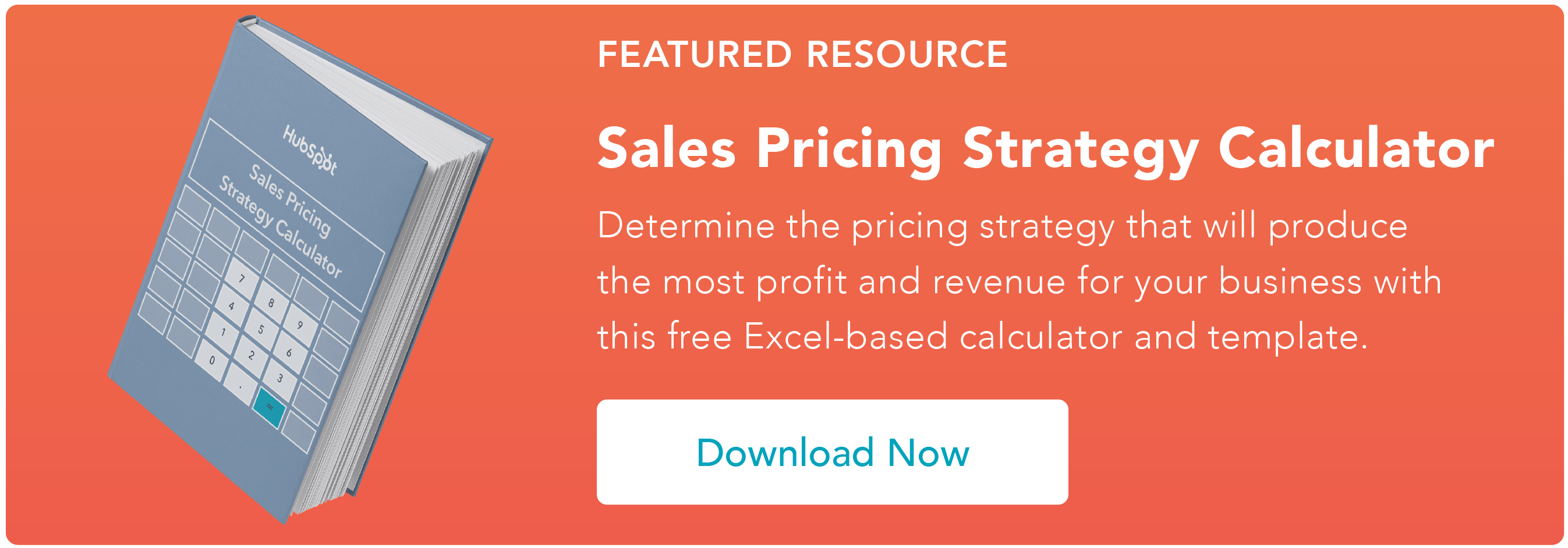



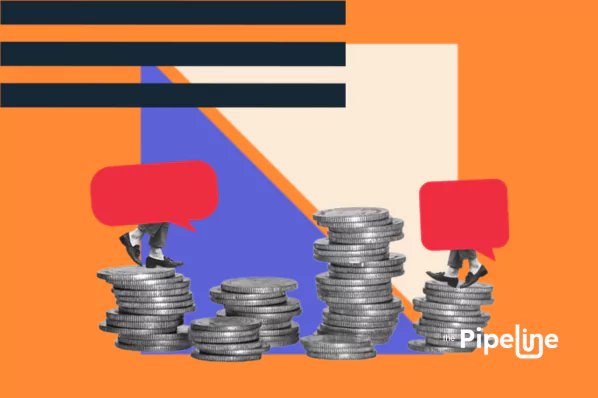

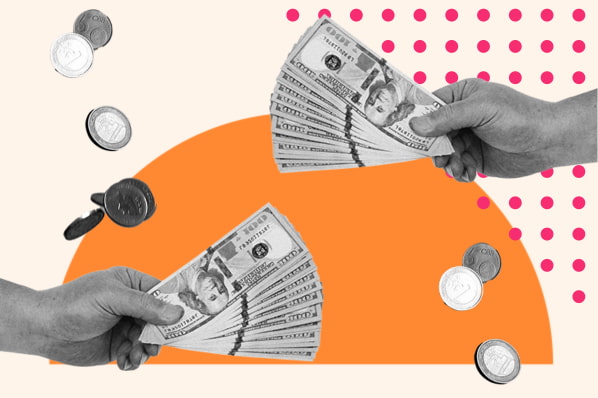
![Price Skimming: All You Need To Know [+ Pricing Calculator]](https://53.fs1.hubspotusercontent-na1.net/hubfs/53/price-skimming-strategy.jpg)

.jpg)
![B2B Pricing Models & Strategies [+ Pros and Cons of Each]](https://53.fs1.hubspotusercontent-na1.net/hubfs/53/b2b-pricing-models-and-strategies.jpg)